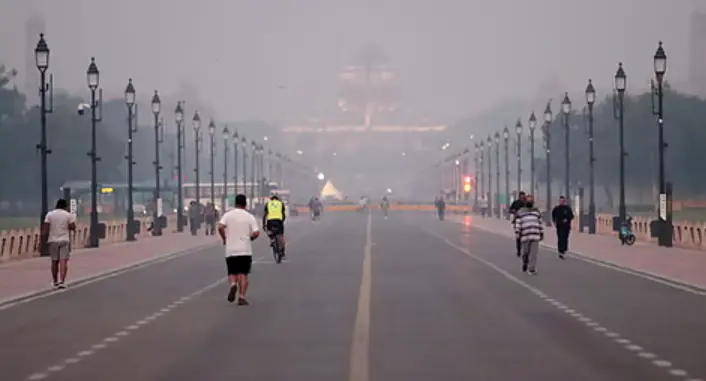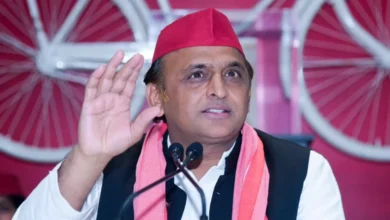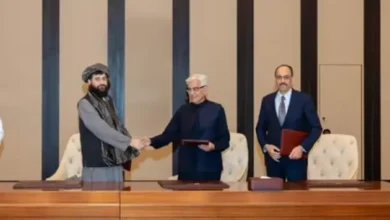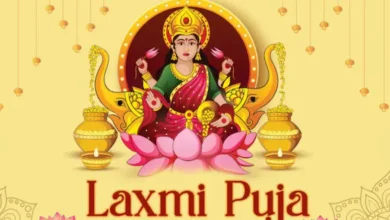Delhi’s Air Quality Drops After Diwali Firecrackers

The air quality in Delhi deteriorated dramatically on Diwali day, with residents being woken up to thick smoke after the firecracker festivities overnight. The Central Pollution Control Board recorded an Air Quality Index of 335 for the entire city at 8 am, indicating the severity of the pollution.
The widespread use of firecrackers, despite Supreme Court regulations that only green crackers be used, caused noise pollution in the city and reduced visibility. Most of the 38 monitoring stations located in Delhi recorded AQI readings above 300. This puts them into the category “very poor”. Anand Vihar, Wazirpur and two other stations reported AQI levels of 414 and 400, respectively. This puts them in the “severe category”, which is dangerous to health.
Delhi’s air quality can be measured using a scale. Readings between 0-50 are deemed “good”, and 51-100 “satisfactory”. From 101-200, the “moderate range” is followed by the “poor” level from 201-300. Air quality is “very poor” when levels exceed 300. Anything above 400 will be classified as “severe”. Two monitoring stations only, Sri Aurobindo Marg, and DTU recorded readings that were “moderate”. They read 165 and 194.
#WATCH | Visuals from the India Gate as GRAP-2 invoked in Delhi.
— ANI (@ANI) October 20, 2025
The Air Quality Index (AQI) around the India Gate was recorded at 347, in the 'Severe' category, in Delhi this morning as per the Central Pollution Control Board (CPCB). pic.twitter.com/5gbpOvT5hp
CPCB’s forecast shows that Delhi air pollution will continue to worsen in the coming days. Tuesday and Wednesday are expected to enter “severe”. The trend in air pollution has led authorities to take stricter measures against it across Delhi and the NCR.
On Sunday night, the Commission for Air Quality Management invoked stage II of its Graded Response Action Plan. This was in addition to actions taken since October 14th. Before making its decision, the Sub-Committee considered forecasts and pollution levels from the India Meteorological Department as well as the Indian Institute of Tropical Meteorology.
Several enhanced measures are immediately implemented under Stage II restrictions. To control dust, these measures include mechanical sweeping daily and water sprinklers on roads identified before the peak hours of traffic. To ensure that dust control is strictly enforced, construction and demolition sites are subjected to increased inspections. The plan also calls for the addition of CNG buses and electric vehicles, as well as increased metro frequency and different fares to encourage travel during off-peak hours.
Residents’ welfare associations are now required to provide heaters for staff, including gardeners, guards and sanitation workers, in order to avoid the open burning of solid waste and biomass during winter. Inter-state buses are only allowed to enter Delhi if they run on CNG or BS-VI Diesel. Tourist buses with all-India permits will be the exception.
Rekha Gupta, the Chief Minister of Delhi, appealed for residents to use only green fireworks during Diwali to prevent pollution. She encouraged the people to use traditional ways of celebrating Diwali, such as making rangoli, lighting diyas and sharing sweets.
Under certain conditions, the Supreme Court allowed Delhi and NCR to sell green firecrackers during Diwali. Green crackers can only be used from 6 am to 7 pm on the morning of Diwali, and between 8 am and 10 pm on Diwali itself. This replaces the blanket ban that was previously in place on all firecracker production, sales and usage.
Experts warn that exposure to low air quality for a prolonged period of time can lead to respiratory issues, eye irritation, and heart problems. This is especially true for children, the elderly, and people with existing health conditions. During this time of poor air quality, residents are encouraged to remain indoors. They should also use masks or air purifiers while venturing outdoors.
Central Pollution Control Board
Central Pollution Control Board (CPCB) is an organisation that falls under the Ministry of Environment, Forest and Climate Change, Government of India. CPCB was established in 1974 to coordinate the activities of State Pollution Control Boards. It also provides technical assistance and encourages the cleanliness of streams, wells and rivers across the country by preventing, controlling and abating environmental pollution.





